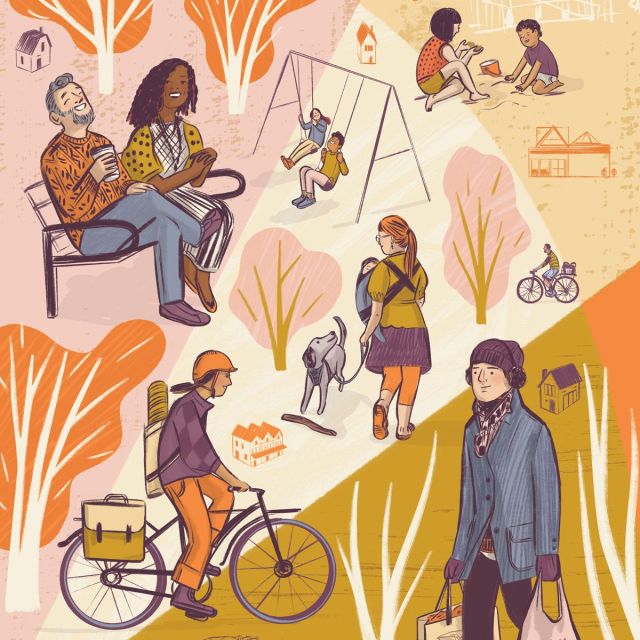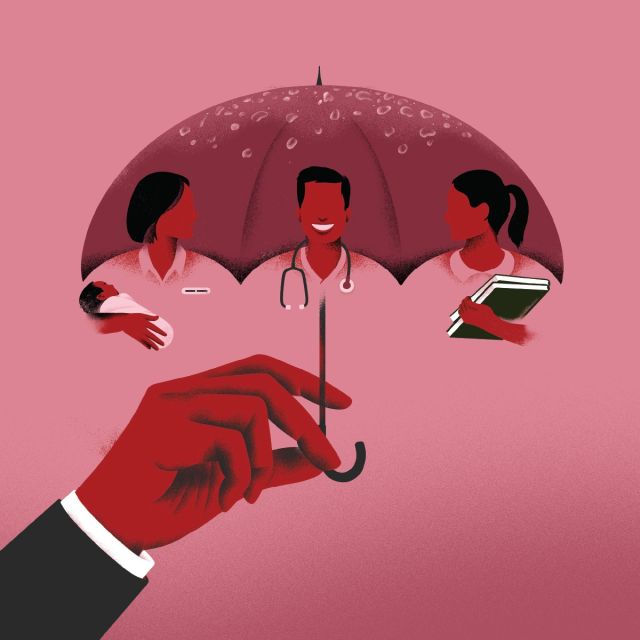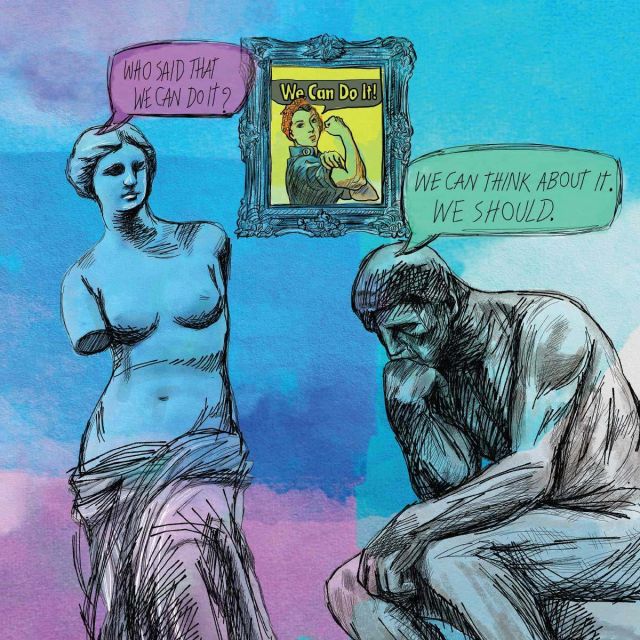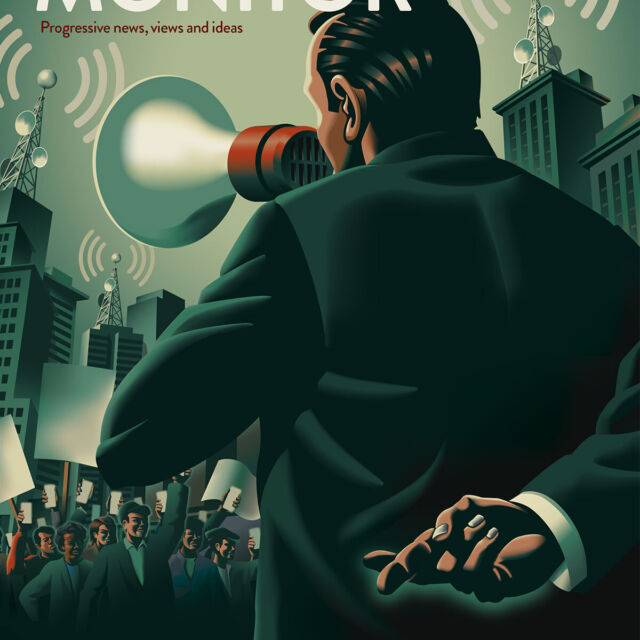- Current Issue
- Monitor Online
- Reports
- Behind the Numbers
- Our Schools / Our Selves
-
- 2SLGBTQ+ Equity
- Agriculture & Farming
- Alberta
- Alternative Federal Budget
- Anti-Black Racism
- Behind the Numbers
- Beyond Recovery
- Book Review
- British Columbia
- Child Care & Early Education
- Cities
- Climate Change
- COVID-19
- Culture
- Data Dashboards
- Degrowth
- Democracy & Electoral Rights
- Digital Divide & Internet Policy
- Disability Justice
- Economic Growth
- Education
- Federal Budgets
- Food Justice
- French
- Gender Equality
- Globalization
- Health Care
- Housing & Homelessness
- In Conversation
- Indigenous Rights
- Inflation
- International Politics
- Just Transition
- Labour & Worker's Rights
- Living Wage
- Manitoba
- Media Democracy
- Migrant Rights
- Minimum Wage
- Monitor Online
- Monitor Print
- Neoliberalism
- New Brunswick
- Newfoundland and Labrador
- Newsletters
- Nova Scotia
- Ontario
- Our Schools Our Selves
- Post Secondary Education
- Poverty & Inequality
- Precarious Work
- Prince Edward Island
- Protest & Social Movements
- Provincial Budgets
- Public Services & Privatization
- Quebec
- Racial Equity
- Reports
- Saskatchewan
- Seniors & Long-Term Care
- Shift Storm
- Social Determinants of Health
- Tax Policy & Tax Fairness
- Trade
- Unemployment & Underemployment
- Urban Space & Right to the City
Archives
Taking back our cities
Monitor April/May 2024
Envisioning a well-being economy
Monitor January/ February 2024
The social solution to Canada’s health care problem
Monitor November/December 2023
When governments fail us
September/October 2023
Neoliberalism is like a zombie that won’t die
July/August 2023
Rebuilding the working class
May/June 2023
Income inequality: One of the great challenges of our times
March/April 2023
Disinformation, when practiced at scale, can fracture societies. It’s up to us to stop it.
January/February 2023
Recharging North America: The Trade Issue
November/December 2022
It’s no fun saying we told you so, but today the sad signs that we were right are unmistakable—from unmitigated climate change to stagnating incomes to widening inequality in much of the world. This issue of the Monitor looks at the cracks in the neoliberal consensus with respect to trade—including in the United States—and how Canada should respond.
Show your support
We provide you with groundbreaking and timely progressive commentary and analysis on the key policy issues of the day. Help us keep the online Monitor free from paywalls. Donate a minimum of $35 today and you’ll also receive the print Monitor magazine in your mailbox six times a year.
Support the Monitor








